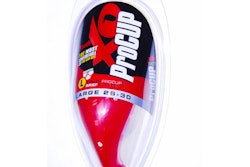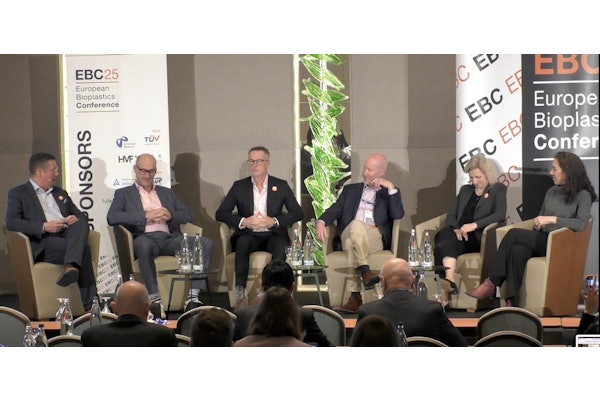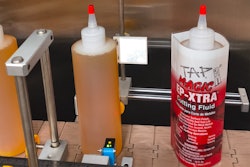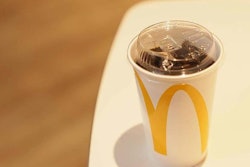Packaging drives product awareness, and it was reaffirmed in a recent Nielsen Co. study. In fact, in-store marketing has overtaken traditional advertising in influencing shoppers—a point that seems unfathomable to observers such as the Williamsmedia’s blog.
It is true that Procter & Gamble, among other consumer packaged goods companies, is looking at futuristic inks and other technologies to strengthen the package’s place in in-store marketing, as the blog points out. But marketers have to get past any notion that new in-store packaging requirements—from restrictions on displays to demands for smaller-size packages—issued by retailers present obstacles when they might actually offer opportunities as the CPG company-retailer relationship becomes more complex.
These trends provide the foundation for changing creative teams’ discussions about design to emphasize execution, whether or not they involve new technologies. As Phil Duncan, Global Design Officer at P&G, told the FUSE conference April 16 in Chicago, “Execution is strategy, and it’s the only strategy consumers see.”
Technology will make the in-store shopping experience easier, but it will be no substitute for optimizing on-pack messaging and emphasizing functional brand attributes. Those are the fundamentals that cement deep and meaningful brand relationships with consumers.

























